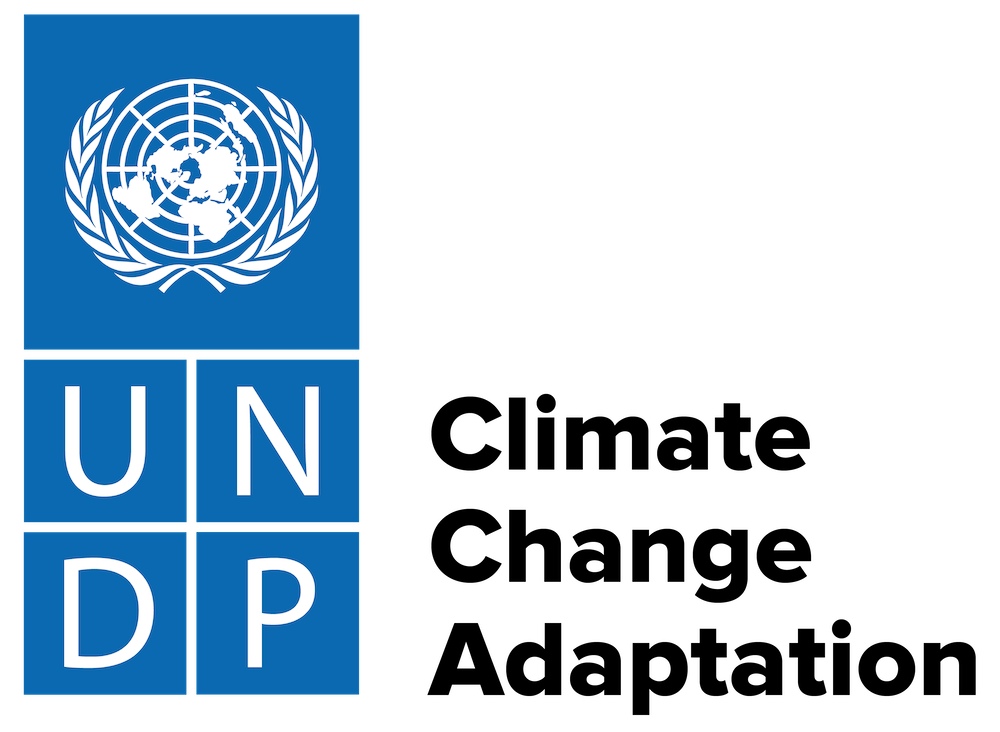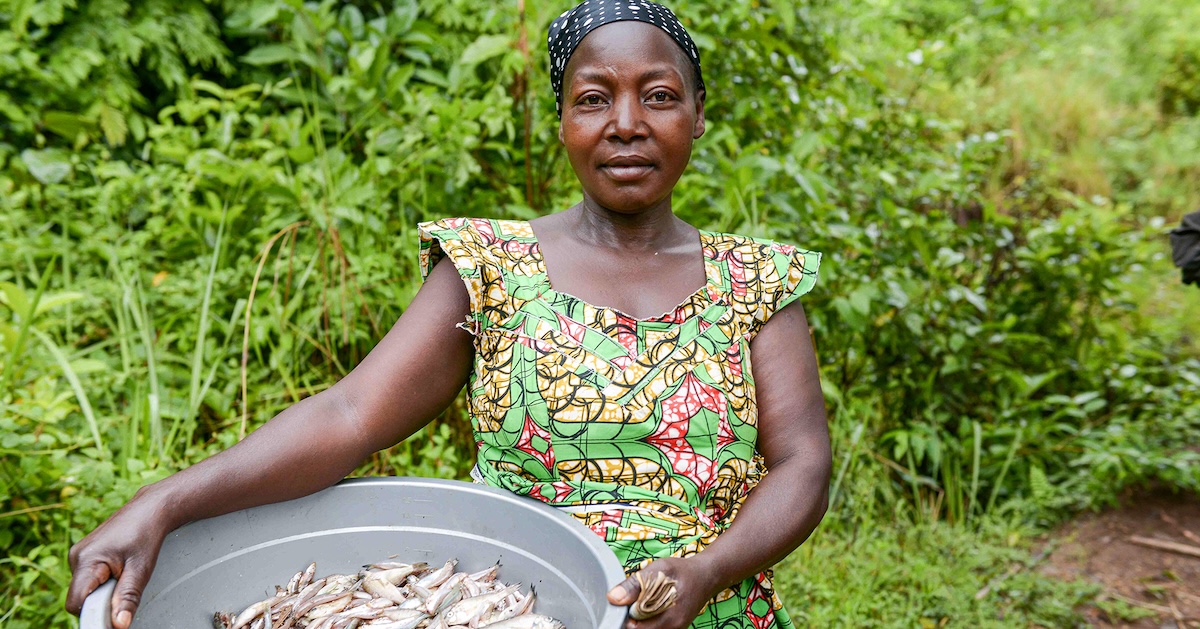
Photo:
The Democratic Republic of Congo (DRC) has vast agricultural potential, yet remains among the poorest nations, with millions facing chronic food insecurity. In the eastern provinces of North Kivu, South Kivu, and Maniema, decades of conflict, displacement, and unsustainable farming have degraded forests and soils, eroding livelihoods and heightening vulnerability to climate change.
This 5-year project (2025 – 2030), supported by the Least Developed Countries Fund (LDCF), will strengthen the enabling environment for climate risk management and promote agro-ecological production practices capable of withstanding both current and future climate impacts in the country’s forest and mountainous zones. It will remove institutional and infrastructure barriers by integrating adaptation into national and provincial planning and budgeting, while enhancing the productivity, sustainability and resilience of rural farmers, in particular women and youth, in Eastern DRC. By restoring degraded land, improving equitable access to resources, and creating inclusive livelihood opportunities, the project will also help reduce resource-based tensions, strengthen community cooperation, and contribute to long-term peacebuilding in conflict-affected areas.
The project directly contributes to DRC’s Nationally Determined Contribution (NDC) by addressing two priority sectors: safeguarding community livelihoods and improving forest resource management through climate-resilient agriculture. It integrates key elements of the revised Climate Change Policy, Strategy and Action Plan 2020–2024 (PSPA-CC) and aligns with the National Adaptation Plan (2022–2026). Implementation will be carried out in close collaboration with provincial and local institutions and civil society to strengthen climate resilience and reduce the impacts of climate change on rural livelihoods.
- Community
- Municipality
- District
- National
- Country Office
- Local Governments
- National Governments
- Non-Governmental Organizations
- United Nations Development Programme (UNDP)
Direct beneficiaries: 30,000 people (15,000 women)
Indirect beneficiaries: 80,000 people (40,000 women)
- DRC Ministry of Environment, Conservation of Nature, Water and Forests
- Global Environment Facility (GEF)
- United Nations Development Programme (UNDP)
Expected outcomes
Component 1: Addressing adaptation in the context of the national and provincial planning and budgeting processes
Outcome 1: Medium and long-term climate change risks and adaptation measures integrated into existing national and provincial development plans, policies and budgets
Component 2: Enhancing productivity, sustainability, and resilience of rural farmers, in particular women and youth, in Eastern DRC
Outcome 2: Tested and adapted agroecological production practices address the foreseen impacts of climate change and advance the NAP process on the ground in North Kivu, South Kivu and Maniema
Component 3: Project monitoring, and evaluation and knowledge management
Outcome 3: Project Implementation based on results-based management and application of project lessons learned in future operations facilitated
- Image
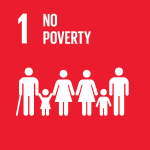
- Image
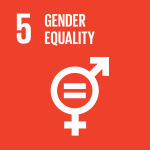
- Image
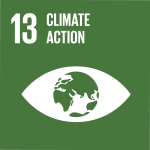
- Image

- Image
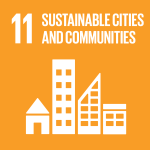
The project aims to promote climate change adaptation in the DRC through an improved enabling environment and improved agroecological production practices in the eastern part of the country, helping the authorities and the local population to respond to climate change threats.
While the country has been ranked as having the second highest agriculture potential on the continent, with sufficient arable land, water resources, and labour force to meet the global food shortage, it is also designated as one of the poorest countries in the world by the United Nations Human Development Index (UN-HDI).
In 2022, the DRC was ranked 180 out of 193 countries with 0.481 HDI. From an economic standpoint, the country has recorded an average Gross Domestic Product (GDP) growth of 5.6 percent over 2002-2021 supported by a strong mining sector. However, the DRC has suffered enormous loss of life and livelihoods due to nearly two decades of war and insecurity, and is now undergoing the second largest hunger crisis in the world after Yemen.
According to the World Food Programme (WFP), especially in the east of the country (including North Kivu and South Kivu), the long running crisis as forced some 6.9 million internally displaced persons to flee from their villages and lose their agricultural livelihoods and jobs. The number of food-insecure people in 2024, was 25.6 million, making access to food a daily struggle for a significant part of the Congolese population and an estimated 4.5 million children are acutely malnourished. A resurgence of fighting started in 2024 between January and march and since February 2025, there are conflicts between Congolese security forces and militant groups led by M23 in the eastern provinces of the DRC (North Kivu, South Kivu and Ituri).
In 2020, the country had the second highest level of deforestation of primary forests in the world, due to shifting slash-and-burn agriculture and land use changes.
The country is facing important climate adverse effects that are foreseen to become greater in the coming years. According to the Fifth Assessment Report of the Intergovernmental Panel on Climate Change (IPCC, 2014), the DRC will be affected by climate change in a variety of ways. With a probable increase in temperatures of 3ºC to 5ºC over the next century, the duration of the rainy seasons could become shorter and more unpredictable, with heavy rains, seriously impacting the country's main climate-sensitive economic sectors (including agriculture and hydroelectricity). In addition, the DRC’s National Adaptation Programme of Action (NAPA) highlights that the expected increase in heavy rains, besides leading to infrastructure and human losses, will be causing soil erosion, inducing a loss in soil efficiency and a decline in crop yields and in livelihoods. This increased uncertainty, combined with the prevailing low capacity to manage climate risks and the limited number of available coping mechanisms, is likely to create additional obstacles to achieving food security and social development among the poor, and particularly in rural communities.
Given the uncertainties on future climate and economic circumstances and the high risks that need to be accounted for, the country is investing in building the resilience of its economy and its people, using a proactive, medium-term approach, in order to reduce their vulnerability to climate risks as part of integrated planning.
Component 1: Addressing adaptation in the context of the national and provincial planning and budgeting processes
Outcome 1: Medium and long-term climate change risks and adaptation measures integrated into existing national and provincial development plans, policies and budgets
Output 1.1: A NAP framework for the priority sectors of agriculture and rural development and water is set up.
Output 1.2: A knowledge management and stock-taking web-based information platform is established to organize social, economic, and environmental data relevant to CCA from a variety of sources, at the national level and including information from the provinces targeted
Output 1.3: Gender responsive climate change adaptation is integrated into the PDPs (and their budgets) of the provinces of NK, SK and Maniema
Output 1.4: Gender-responsive fully-fledged NAP pilots are implemented in SK, NK and Maniema
Component 2: Enhancing productivity, sustainability, and resilience of rural farmers, in particular women and youth, in Eastern DRC
Outcome 2: Tested and adapted agroecological production practices address the foreseen impacts of climate change and advance the NAP process on the ground in North Kivu, South Kivu and Maniema
Output 2.1: The landscape of three provinces is rehabilitated through an agroecological approach focused on sustainable land management, encompassing soil erosion control, water harvesting techniques and soil and water conservation
Output 2.2: The supply chain of locally adapted fertilizers and adapted seeds is developed for distribution channels in key production basins at an agreed cost between farmers’ associations/ cooperatives
Output 2.3: The production and dissemination of agrometeorological information is improved
Output 2.4: Women and young entrepreneurs develop financially sustainable business models related to the processing, conservation and marketing of agricultural products
Component 3: Project monitoring, and evaluation and knowledge management
Outcome 3: Project Implementation based on results-based management and application of project lessons learned in future operations facilitated
Output 3.1: Project monitoring system is setup providing systematic information on progress in meeting project outcomes and output targets including gender results
Output 3.2: Project-related “best-practices” and “lessons learned” are disseminated
Output 3.3: Capacity Building and Training on Climate-Health Integration are implemented
The project will be closely monitored and evaluated to ensure transparency, accountability, and effective delivery of results. Oversight will follow the UNDP’s monitoring, quality assurance, risk management, and evaluation standards, as set out in its procedures and Evaluation Policy.
Progress toward the project’s goals and targets will be tracked annually, with mid-term and final evaluations during implementation. Where baseline data is missing, it will be collected in the first year. A detailed Monitoring Plan, outlining roles, responsibilities and timelines, is included in the project annex.
In line with Global Environment Facility (GEF) policies, the project will also meet all GEF-specific monitoring and evaluation requirements. These are outlined in a costed M&E plan and the Monitoring Plan annex.
Additional monitoring activities to support adaptive management will be agreed upon during the Project Inception Workshop and documented in the Inception Report.
Ms. Dorine JN PAUL, Regional Technical Specialist, UNDP dorine.jn.paul@undp.org
